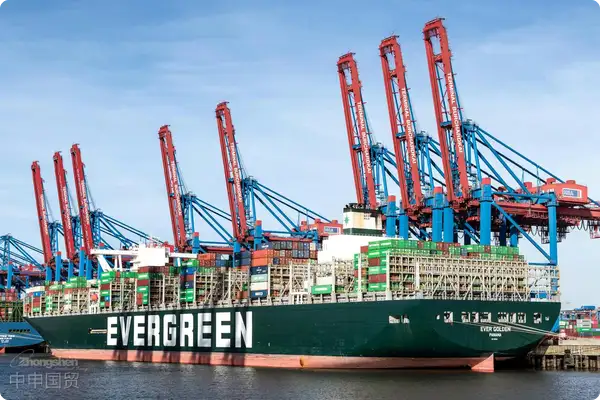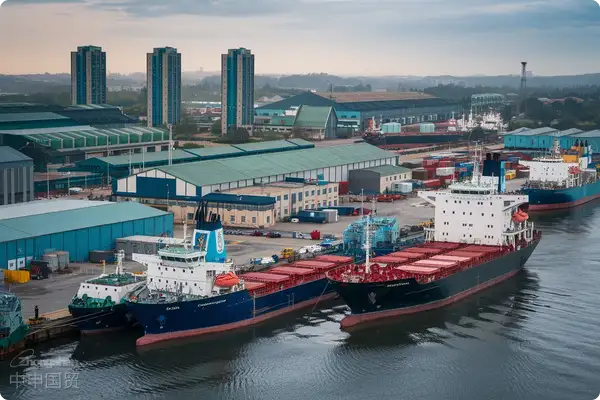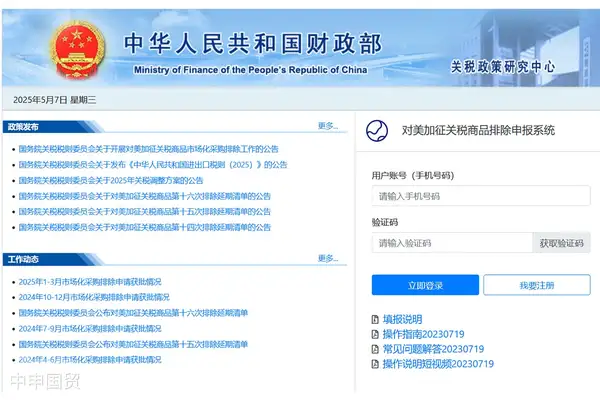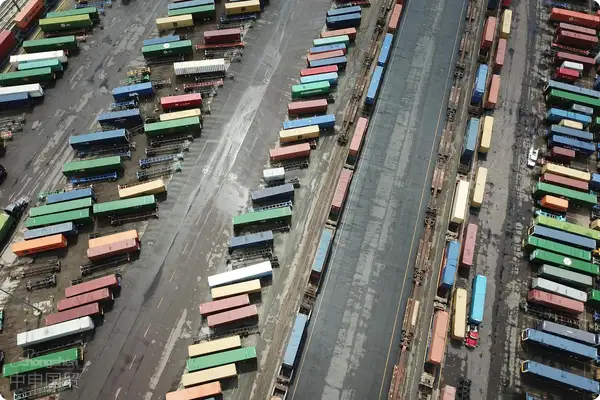- Shanghai Zhongshen International Trade Co., Ltd. - Two decades of trade agency expertise.
- Service Hotline: 139 1787 2118

Semiconductors in 2025equipment. For example, Indonesia has the SNI certification, Thailand has the TISI certification, and the Philippines has the BPS certification. It is necessary to confirm in advance the equipment voltage (such as 380V/50Hz in Thailand), the compatibility of the CE certification, and the proof of environmentally friendly materials.Industry Trends
The global semiconductor equipment market is projected to exceed $120 billion by 2025, with China maintaining its position as the largest importer. Amid ongoing US-China technology competition, the General Administration of Customs' newly issued "Key Mechanical and Electrical Products Import Supervision Procedures" implements tiered control overwafer fabrication equipment,lithography systemsand other core equipment. Taking Q1 2025 data from a leading agency as an example, customs clearance time for semiconductor equipment was 2.3 times longer than for ordinary mechanical and electrical products, with 32% of delays attributed to incomplete declaration elements.
Typical obstacles in customs clearance practices
- Blind spots in technical parameter declarations
- Nanoscale differences in process precision affecting tariff rates (e.g., 14nm vs 7nm equipment having a 5% rate difference)
- Inaccurate functional descriptions of modular equipment leading to classification disputes
- License document management misconceptions
- Linked review requirements for import licenses and technology export licenses
- Ambiguous standards for defining refurbished second-hand equipment
- Application deviations in rules of origin
- Calculation of value composition ratios for multi-country assembled equipment
- Transshipment country risks for U.S. BIS-controlled items
Proactive customs clearance strategy development
A 2025 import case from a wafer fab shows that using pre-declaration mechanisms can reduce inspection rates by 40%
- Three-dimensional declaration system construction
- Technical dimension: Precise functional descriptions down to equipment subsystems
- Legal dimension: Predicting ECCN code compliance risks
- Trade dimension: Establishing a dynamic tariff database
- End-to-end risk control nodes
- Pre-shipment technical verification (including software version filing)
- Real-time tracking monitoring during transportation
- Pre-clearance document submission 72 hours before port arrival
Core value analysis of professional agencies
High-quality agencies should possess three key capability matrices:
- Policy interpretation capability
- Interpretation of General Administration of Customs Announcement No. 17 of 2025
- Ministry of Commerce "Semiconductor Technologyimport and exportCatalog" Dynamic Tracking
- Technology Transfer Capability
- Precise Mapping Between Equipment Parameters and HS Codes
- Sensitive Technology Avoidance Solution Design
- Emergency handling capacity
- On-site Inspection Technical Defense Support
- Classification Dispute Pre-ruling Application
2025 Customs Clearance Mode Transformation Forecast
Based on analysis of customs' "Smart Port 2025" construction plan, enterprises are advised to focus on:
- Intelligent Declaration System Integration
- Equipment technical parameter database directly connected to customs system
- Application scenarios of blockchain traceability documents
- Regional industrial chain collaborative customs clearance
- Customs facilitation measures for the Yangtze River Delta semiconductor industry cluster
- Bonded R&D equipment sharing supervision model
Related Recommendations
? 2025. All Rights Reserved. Shanghai ICP No. 2023007705-2  PSB Record: Shanghai No.31011502009912
PSB Record: Shanghai No.31011502009912










